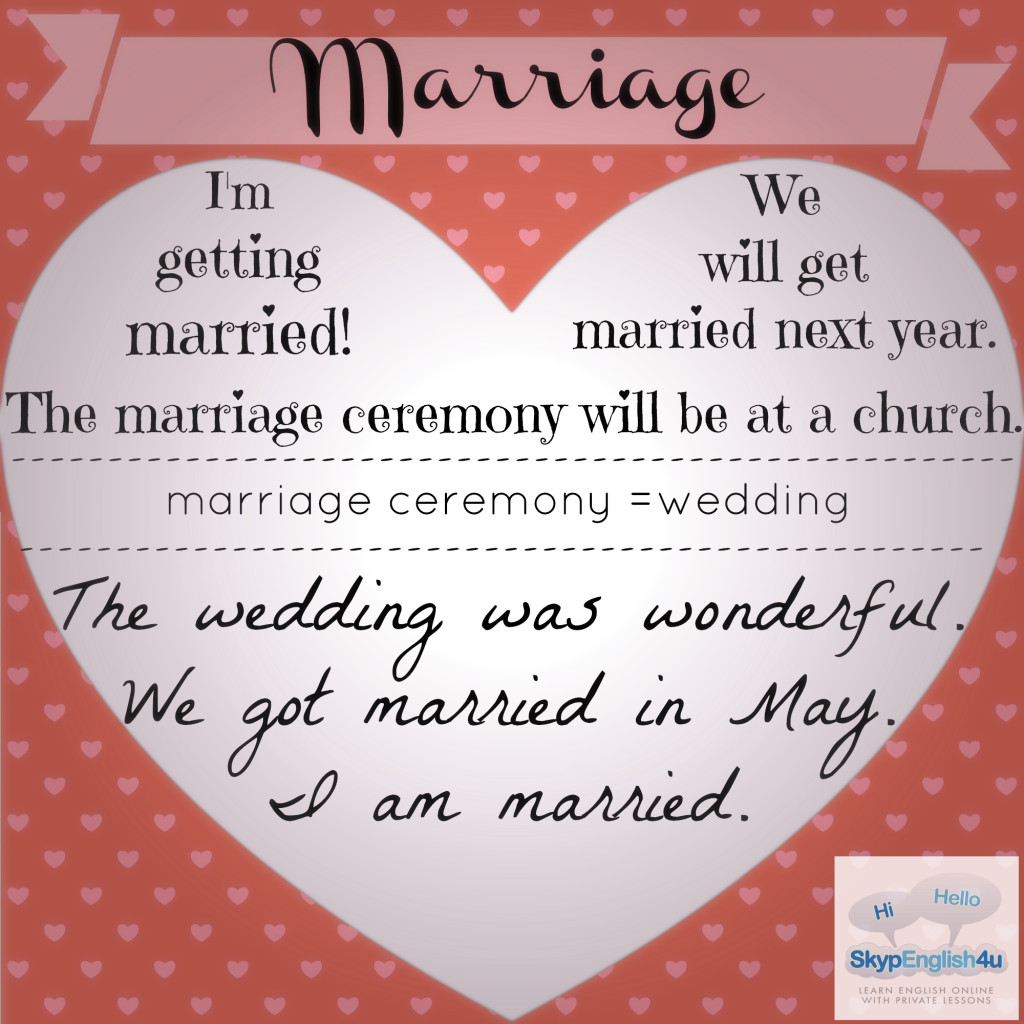Posts
https://skypenglish4u.com/wp-content/uploads/2015/01/Screen-Shot-2015-01-23-at-3.37.34-PM-1.png
179
428
Jessica
http://skypenglish4u.com/wp-content/uploads/2016/10/SE4U2-2-4.jpg
Jessica2015-01-23 16:08:002015-01-23 16:08:00Common Marriage Phrases
https://skypenglish4u.com/wp-content/uploads/2015/01/ncv-1.jpg
721
1852
Linda
http://skypenglish4u.com/wp-content/uploads/2016/10/SE4U2-2-4.jpg
Linda2015-01-19 12:13:012015-01-19 12:13:01Non-continuous Verbs
https://skypenglish4u.com/wp-content/uploads/2015/01/Screen-Shot-2015-01-09-at-2.47.56-PM-1.png
279
655
Linda
http://skypenglish4u.com/wp-content/uploads/2016/10/SE4U2-2-4.jpg
Linda2015-01-09 15:18:292015-01-09 15:18:29‘a little’ and ‘little’ & ‘a few’ and ‘few’
https://skypenglish4u.com/wp-content/uploads/2015/01/Screen-Shot-2015-01-08-at-11.02.06-PM-1.png
188
654
Riham
http://skypenglish4u.com/wp-content/uploads/2016/10/SE4U2-2-4.jpg
Riham2015-01-08 23:32:412015-01-08 23:32:41English Verb Tenses
https://skypenglish4u.com/wp-content/uploads/2014/12/who_vs_whom_header-1.png
199
565
Riham
http://skypenglish4u.com/wp-content/uploads/2016/10/SE4U2-2-4.jpg
Riham2014-12-18 15:04:512014-12-18 15:04:51Using WHOM properly
https://skypenglish4u.com/wp-content/uploads/2014/12/Screen-Shot-2014-11-18-at-8.04.59-PM-1.png
183
422
Jessica
http://skypenglish4u.com/wp-content/uploads/2016/10/SE4U2-2-4.jpg
Jessica2014-12-01 21:31:592014-12-01 21:31:59Do you know your colloquial pairs?
https://skypenglish4u.com/wp-content/uploads/2014/11/pronouns-1.jpg
370
670
Riham
http://skypenglish4u.com/wp-content/uploads/2016/10/SE4U2-2-4.jpg
Riham2014-11-20 11:15:392014-11-20 11:15:39What are Pronouns?
https://skypenglish4u.com/wp-content/uploads/2014/11/Screen-Shot-2014-11-18-at-8.22.23-PM-1.png
268
579
Jessica
http://skypenglish4u.com/wp-content/uploads/2016/10/SE4U2-2-4.jpg
Jessica2014-11-18 20:56:442014-11-18 20:56:44Get moving into MODALS
https://skypenglish4u.com/wp-content/uploads/2015/02/good-vs-well1-1.jpg
450
962
Riham
http://skypenglish4u.com/wp-content/uploads/2016/10/SE4U2-2-4.jpg
Riham2014-11-17 21:42:302014-11-17 21:42:30Good / Well
https://skypenglish4u.com/wp-content/uploads/2014/11/Screen-Shot-2014-11-11-at-9.19.17-AM-1.png
177
560
Linda
http://skypenglish4u.com/wp-content/uploads/2016/10/SE4U2-2-4.jpg
Linda2014-11-11 09:52:332014-11-11 09:52:33For / To
Scroll to top

